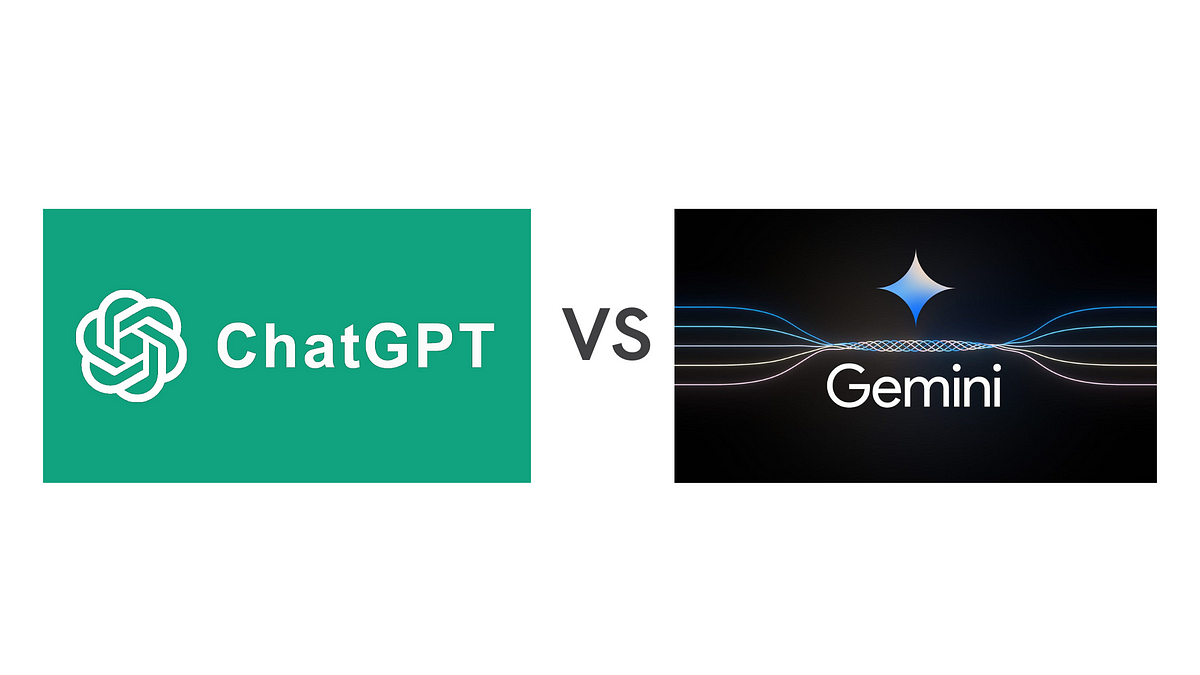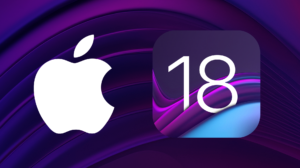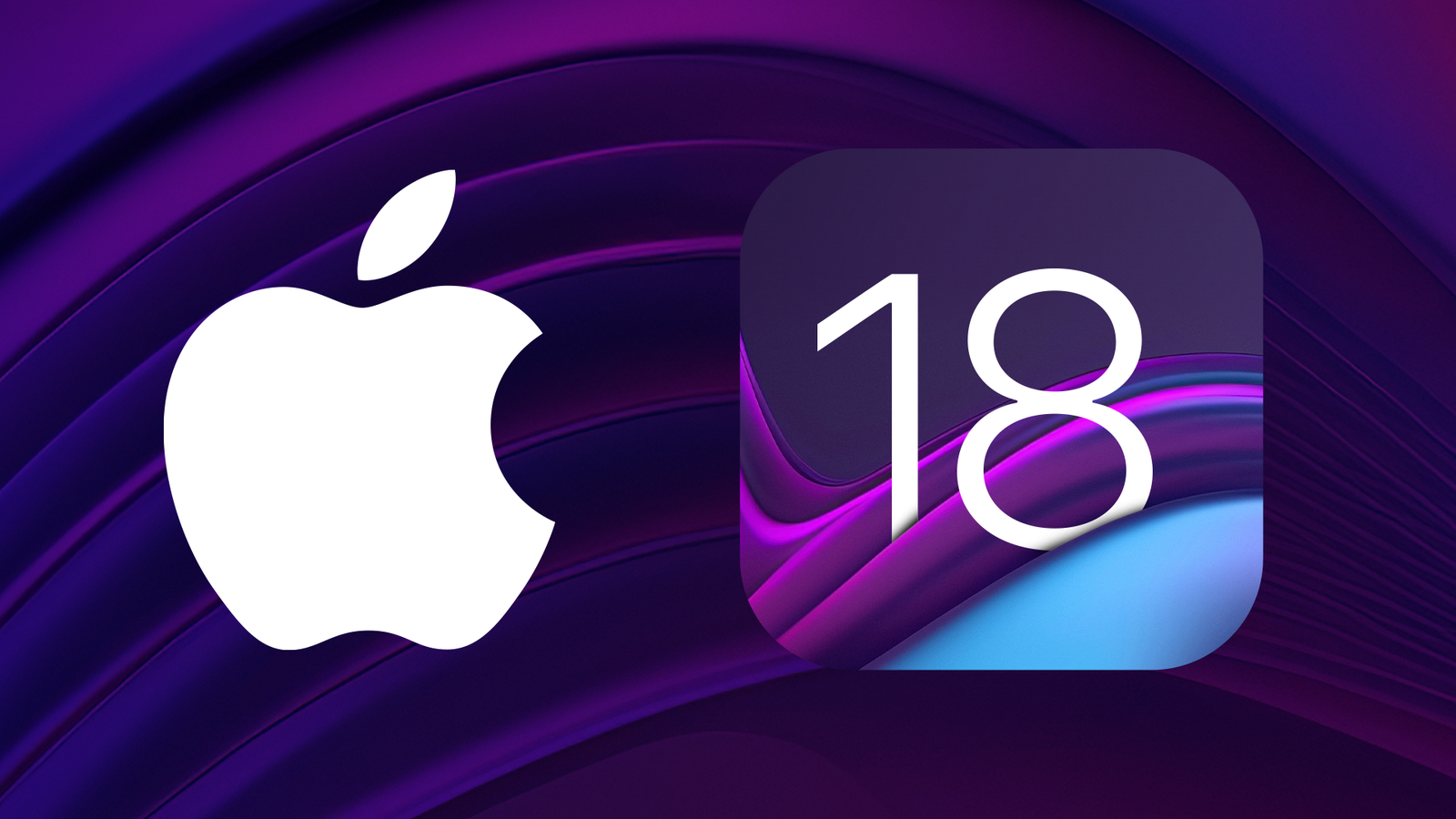The ongoing competition between AI giants OpenAI and Google continues to heat up with the introduction of their latest models, ChatGPT-4o and Google Gemini 1.5 Pro. Both models represent significant advancements in artificial intelligence, each offering unique capabilities and strengths. This article aims to provide a comprehensive comparison of these two models, focusing on their performance, usability, and key features.
Performance and Capabilities
Language Understanding and Generation
ChatGPT-4o excels in natural language understanding and generation, making it particularly strong in conversational contexts. It is adept at generating creative content, such as poems, scripts, and essays, with a high degree of coherence and human-like quality. The model boasts 175 billion parameters, allowing it to process and generate text with remarkable accuracy and depth.
In contrast, Google Gemini 1.5 Pro, while also powerful, is designed with a broader dataset that includes text and code. This makes it versatile in handling technical writing, code development, and research support. Gemini 1.5 Pro has 137 billion parameters, which, although fewer than ChatGPT-4o, are optimized for efficiency and specific tasks like technical explanations and internet searches.
Multimodal Capabilities
One of the standout features of ChatGPT-4o is its multimodal capabilities. It can process and generate content from both text and images, making it highly versatile. In tests, ChatGPT-4o has demonstrated superior performance in tasks such as character recognition and image analysis. For instance, it successfully identified and compared phone specifications from images, whereas Gemini 1.5 Pro struggled with the same task.
Gemini 1.5 Pro also supports multimodal inputs, including text, images, audio, and video. However, its performance in multimodal tasks has been inconsistent. While it excels in specific areas like video input processing, it falls short in others, such as detailed image analysis and text extraction from images.
Usability and Integration
Internet Access and Real-Time Data
A significant advantage of Google Gemini 1.5 Pro is its ability to search the internet for real-time data, making it a powerful tool for research and information retrieval. This feature allows Gemini to provide up-to-date responses, which is particularly useful for tasks that require current information.
ChatGPT-4o, on the other hand, has a knowledge cutoff of April 2023, meaning it cannot access real-time data directly. However, it compensates with a rich dataset and robust training, enabling it to generate detailed and contextually accurate responses based on pre-existing information.
Integration with Other Services
Both models offer seamless integration with various services. ChatGPT-4o is available via a free public API and integrates with applications such as DALL-E 3 for image creation. It is also accessible through mobile apps on iOS and Android, making it user-friendly and widely available.
Google Gemini 1.5 Pro integrates deeply with Google Workspace, including Gmail, Docs, and Drive. This integration allows users to leverage AI capabilities within familiar Google services, enhancing productivity and convenience. Additionally, Gemini’s support for over 40 languages and the ability to handle large inputs make it a versatile tool for diverse tasks.
Cost and Accessibility
Both models offer free and paid versions. ChatGPT-4o is available for free with limitations on the number of messages. Paid plans, such as ChatGPT Plus, provide access to enhanced features and higher usage limits. Similarly, Google Gemini 1.5 Pro is available for free, with premium features accessible through the Gemini Advanced subscription, which offers additional capabilities and higher context windows.
The choice between ChatGPT-4o and Google Gemini 1.5 Pro largely depends on specific use cases and user preferences. ChatGPT-4o excels in creative text generation and conversational tasks, making it ideal for content creation and interactive applications. Google Gemini 1.5 Pro, with its real-time data access and broader task capabilities, is better suited for research and technical applications.
Both models represent the forefront of AI technology, each with unique strengths that cater to different needs. As AI continues to evolve, the competition between these models will likely drive further advancements, benefiting users across various domains.



















Add Comment